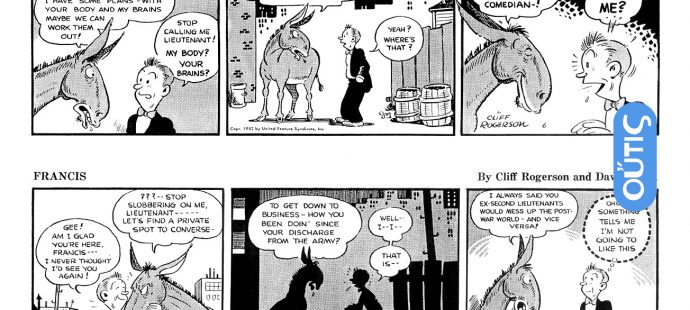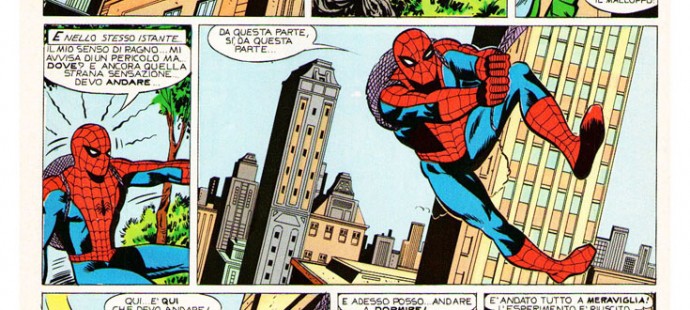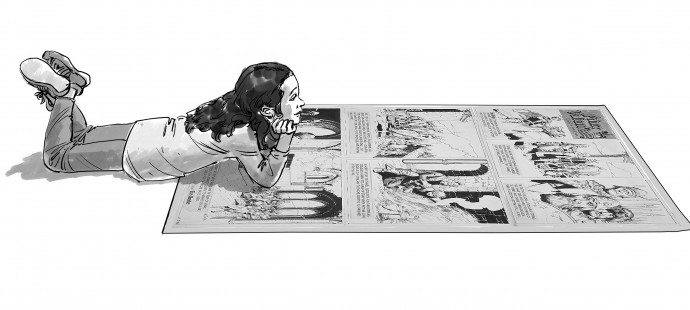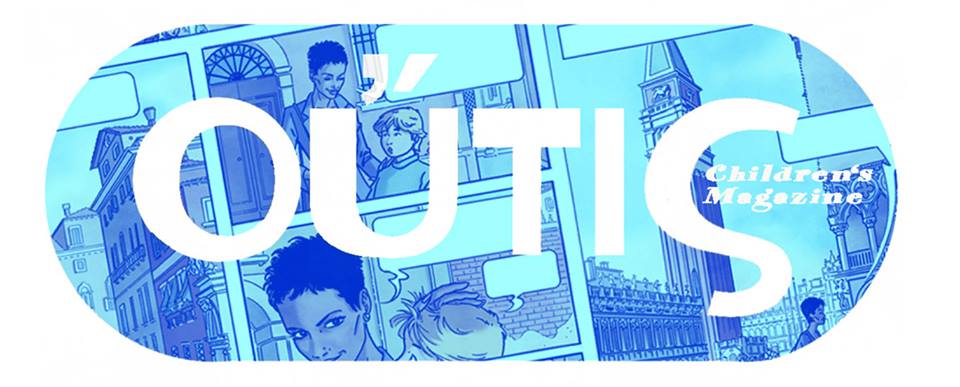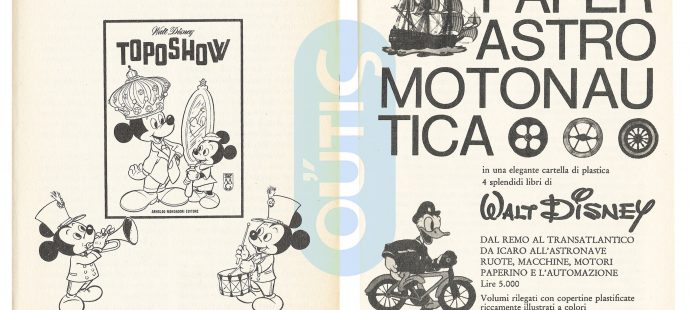
Pubblicità Vintage Disney-Mondadori 1966
Pubblicità Vintage Disney-Mondadori 1966 Serie: Classici di Walt Disney 1a serie n.21 Titolo: Toposhow Data: 27 Marzo 1966 Lire: 250 Periodicità irregolare Editore: Arnoldo Mondadori Editore Titolo: Paperastromotonautica Non rintracciato Becattini, ...

